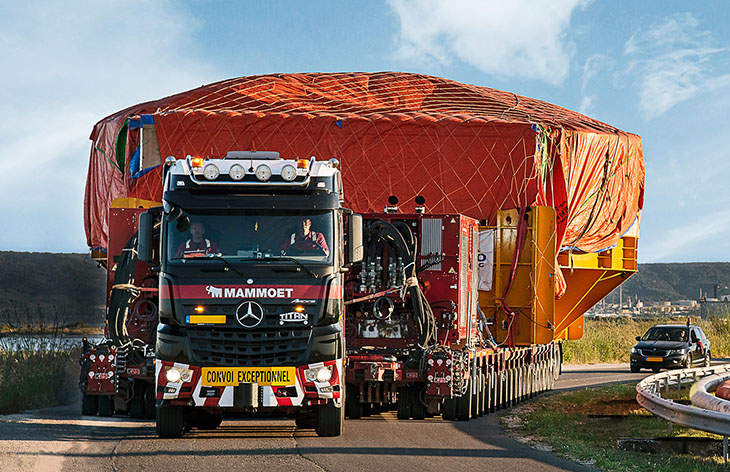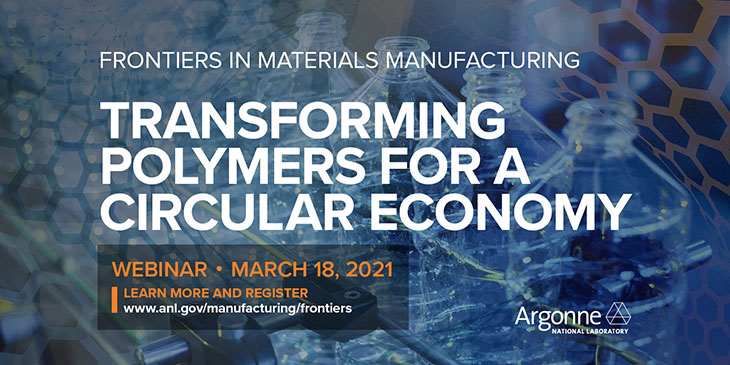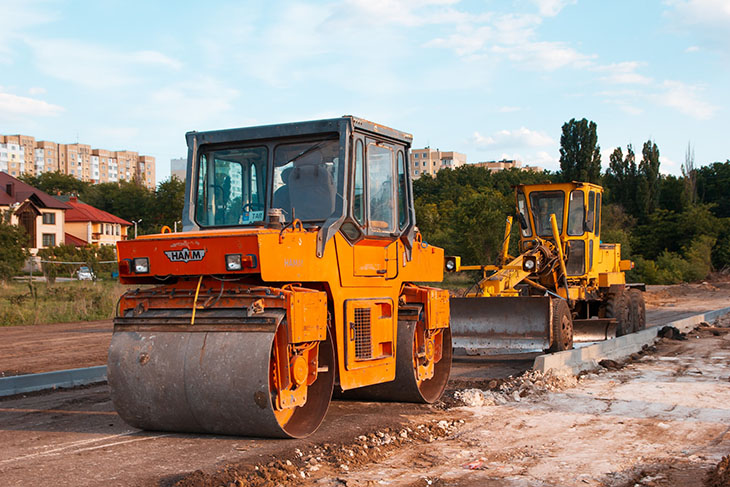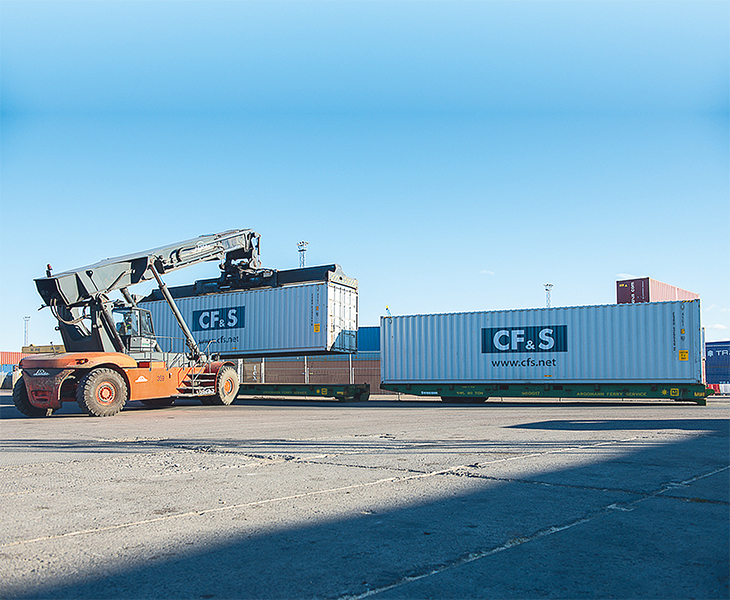
fot. : ARRK Engineering has set up its own materials laboratory close to its Munich headquarters in order to provide comprehensive characterisation of a variety of materials and therefore offer manufacturers optimal support for their product development.
Results used to generate material cards for optimised simulation models
Before materials can be used for a particular application, their behaviour has to be analysed under different mechanical and climatic conditions. The results from static, dynamic and thermochemical tests form the basis for comprehensive material characterisations which are key to successful product development. As a leading provider of development services, ARRK Engineering has therefore established an in-house materials laboratory close to its headquarters in Munich. This enables car manufacturers, machine and plant engineering companies and also the aerospace industry to obtain all-round support from the ARRK Engineering specialists in this field. Moreover, the company plans to use the information from the tests to generate material cards with a view to optimising the simulation models for structural and crash calculations.
"Prior to the development of our Strategy 2020, we interviewed our customers to assess the demand. The establishment of our own materials laboratory where we can characterise almost any material, including composites and bonded materials, is the logical conclusion of this," explains Anne-Claire Höppner, Head of the Test & Validation department and Director of the Center of Competence (CoC) Material Testing & Simulation at ARRK Engineering. By covering a multitude of project environments over the past few decades – primarily in the field of automotive material development – the company has succeeded in building up substantial technical expertise in the field of materials. That means ARRK Engineering specialists can access a comprehensive body of know-how in the use of machines and a broad-based knowledge of the material characteristics of elastomers, thermoplastics, fibre-reinforced composites, adhesives, surfaces and metals. The possibility of conducting our own tests in an in-house laboratory means that we are now in an ideal position to intensify our cooperation with a wide range of customers.
High-speed testing machine allows dynamic characterisation of composite materials
In order to be able to determine the characteristics of both metals and plastics, the existing machine pool has been extended. The services offered include – along with sample production and standard-compliant preparation – the performance of mechanical material tests including quasi-static and dynamic characterisation. "We record parameters such as anisotropic stresses, compressive and tensile strength, maximum shear strain or notched impact strength," Höppner reports. "In order to extend the dynamic characterisation process to composite materials, we will have access to a Zwick HTM 16020 high-speed testing machine from the beginning of 2017." The thermochemical tests allow developers to determine the degree of cure and fibre volume or filler content. In addition, ARRK Engineering offers the possibility of environmental simulations and analyses of separable and inseparable compounds, with a special focus on adhesives, which have undergone little research to date. This enables parameters such as heat expansion, viscosity and gel point to be described, along with glass transition and crystallisation temperatures.
Predictive material cards for structural and crash calculations
"Our service portfolio covers all tests which are of particular relevance to the automotive industry," summarises Roman Sternagel, leader of the Materials Testing team. "The next step is to process the information we have gathered for use in simulations so we can offer our customers an all-round solution." To this end, the material characteristics are incorporated into computer models using an optimised process in order to generate predictive material cards. These are required during component development, e.g. for structural or crash calculations. "Translating the information into such a card is complex, because you first have to establish which software and which material model will give you a realistic picture of the material's behaviour," Sternagel adds. The long-term aim is to create a database in which the various materials are characterised as fully as possible. Selected materials are already being tested to provide a basis for this.
























